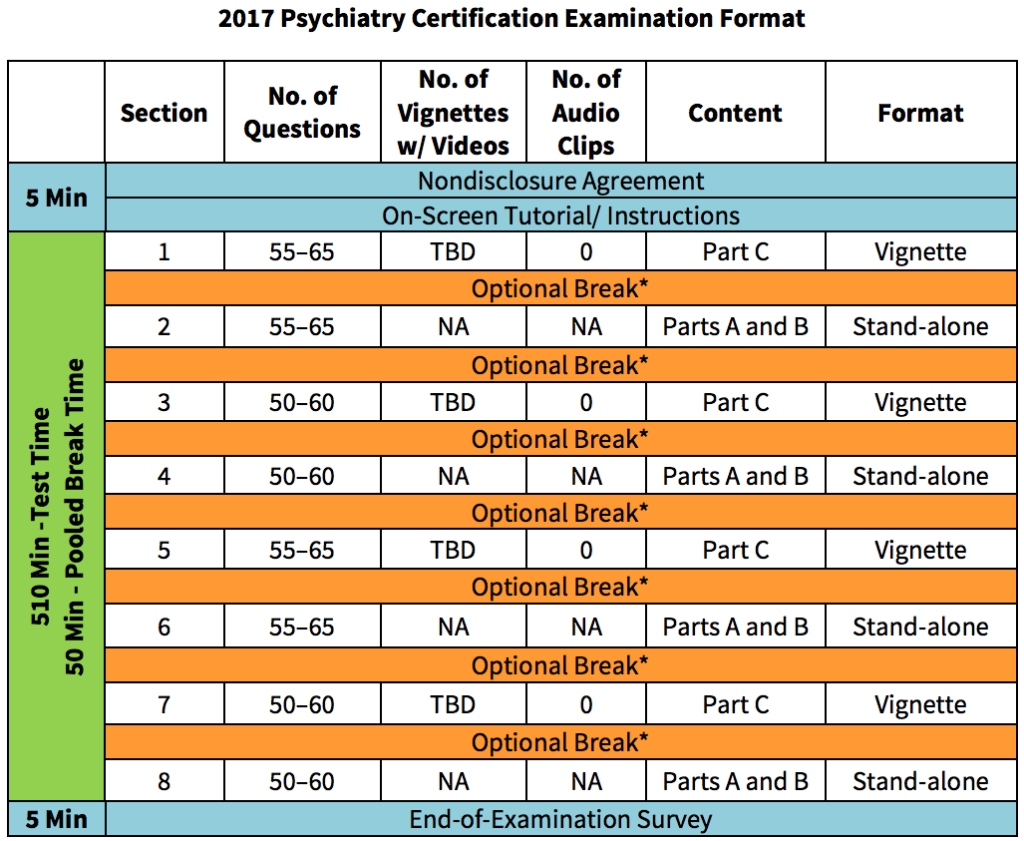Amidst desires for simultaneous growth, quality, profit, and patient satisfaction, the delivery of healthcare has gotten more…complicated. But the disconnect between the powers that be and the providers who actually work on the ground has turned work for big hospitals and institutions into something increasingly more like working for a big widget factory.
Spurred by rising costs, healthcare in the US has felt the need to “catch up” with the “best” business practices. Have more meetings. Look at more processes. More management. More managers for the managers we just hired.
A few bits from the intro to the forthcoming book, The Calm Company, on Signal v. Noise, the blog from 37Signals (the company behind the team management software Basecamp):
Work claws away at life. Life has become work’s leftovers. The doggy bag. The remnants. The scraps.
You’d think with all the hours people are putting in, and all the promises of tech’s flavor of the month, the load would be lessening. It’s not. It’s getting heavier.
Technology has been used to add capacity, not to improve workflow. As an example, MyChart is a great tool that allows patients to communicate with clinics and providers without calling repeatedly or making an appointment just for a routine refill or to answer a simple question. But you don’t get paid to answer MyChart messages. They’re added on to your workload. The more you’re willing to meet patients where they are and do things on MyChart, the more unpaid work you do and the more time and energy you lose. That’s a system flaw. This is part of why the average physician spends 1-2 hours at home charting daily. More uncompensated time.
Crazy companies all tend to be especially great at one thing: wasting. Wasting time, attention, money, energy.
The answer isn’t more hours, it’s less bullshit. Less waste, not more production. And far fewer things that induce distraction, always-on anxiety, and stress.
I am routinely impressed at how good healthcare systems are at wasting dollars to save cents. Skimping on cheap patient transporters so that highly paid specialists sit around waiting for the next case to start and then run overtime. Understaffing clinic nurses and MAs, leaving the physicians to deal with more phone triage and data entry. The money in some cases comes from different pots, which sometimes allows departments to seem more profitable or efficient than they really are.
Hospitals make changes like real enterprises do but mostly without the critical reflection to see if process improvements are actually improvements. We tokenize quality through small projects to avoid dealing with foundational infrastructural failures—because those are actually hard.
On-demand is for movies, TV shows, and podcasts, not for you. Your time isn’t an episode recalled when someone wants it at 10pm on a Saturday night, or every few minutes in the collection of conveyor belt chat room conversations you’re supposed to be following all day long.
